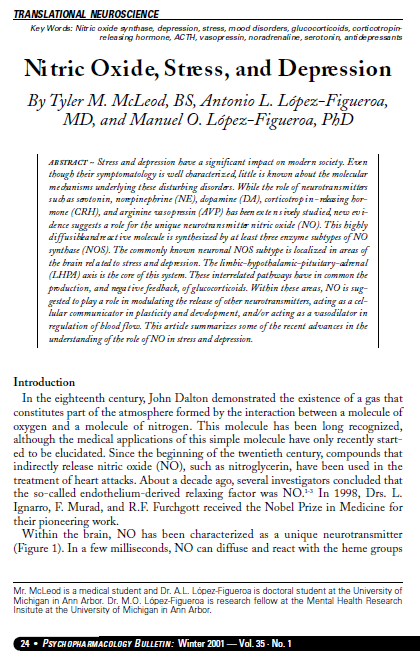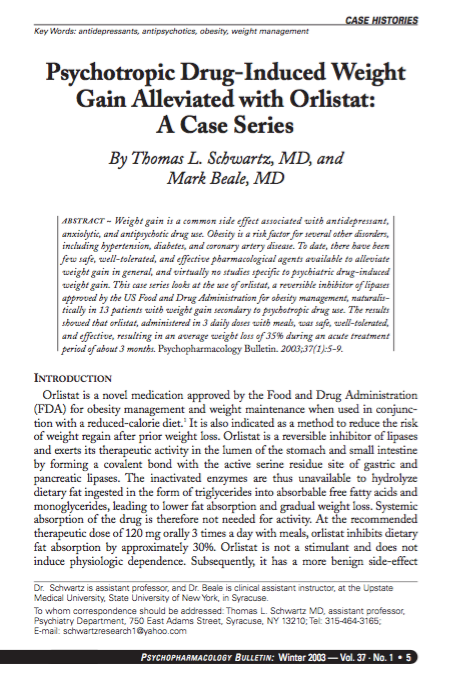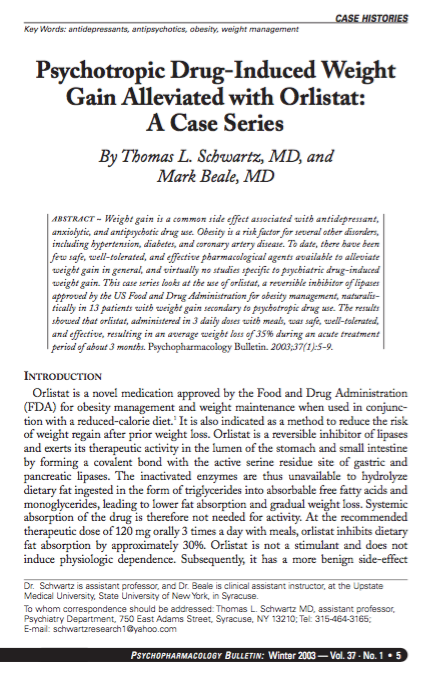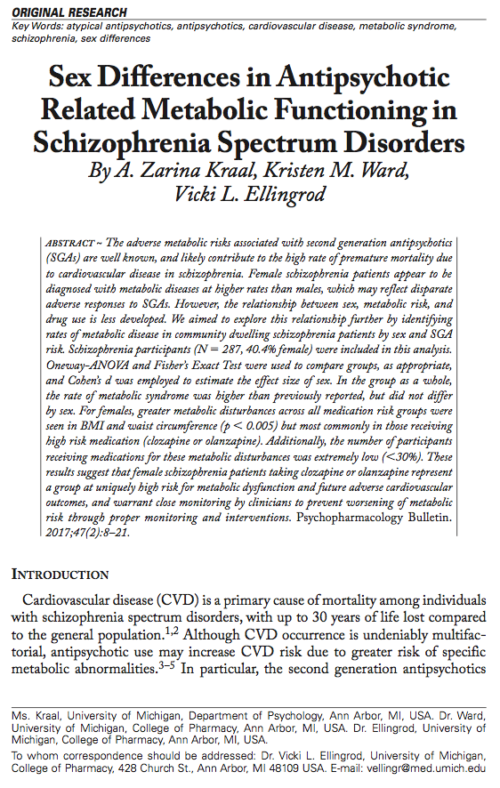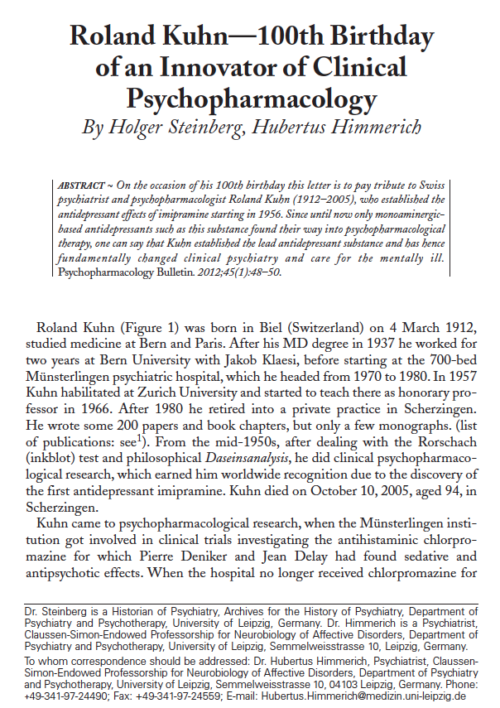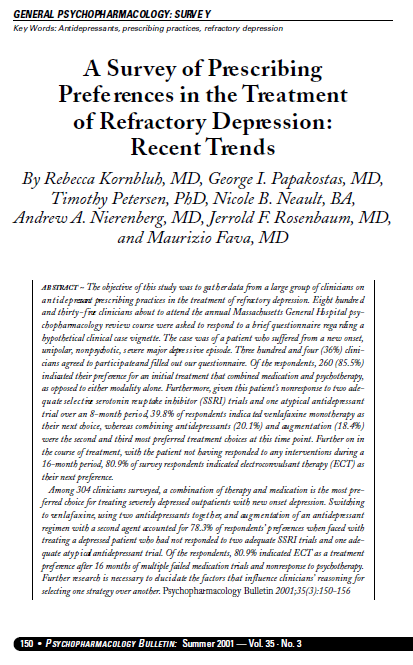Antidepressants & Antipsychotics
According to the Centers for Disease Control and Prevention 2011 report “Antidepressant Use in Persons Age 12 and Over, United States,” antidepressants are the most commonly prescribed medications in the United States for individuals ages 12–44 and the third most common class of medicines prescribed in all age groups, along with analgesics and antibiotics, in all of medicine (Pratt et al. 2011). The wisdom of such a widespread use of this class of medications is debated in the literature and the popular press. However, what is not debatable is that clinicians have felt increasingly comfortable in prescribing these medications. The growing popularity of antidepressants rests on a number of factors, including their efficacy in the treatment of depression, broad spectrum of activity, relative safety, and ease of use. Factors such as marketing also have played a role in the widespread adoption of antidepressants in clinical practice.

Antidepressants
Commonly used Antidepressants:
Selective Serotonin Reuptake Inhibitors, SSRI
- Celexa (citalopram*)
- Luvox (fluvoxamine)
- Paxil (paroxetine)
- Prozac (fluoxetine)
- Zoloft (sertraline)
Tricyclics
- Anafranil (clomipramine)
- Elavil (amitriptyline)
- Norpramin (desipramine)
- Pamelor (nortriptyline)
- Aventyl Sinequan (doxepin)
- Surmontil (trimipramine)
- Tofranil (imipramine)
- Vivactil (protriptyline)
Others
- Effexor (venlafaxine)
- Desyrel (trazodone)
- Ludiomil (maprotiline)
- Parnate (tranylcypromine)
- Wellbutrin (bupropion), Zyban
Antipsychotics
Used for the treatment of schizophrenia, and as an adjunct to depression or bipolar disorder.
Schizophrenia is a brain disorder that generally affects mental functions and behavior. It is associated with a variable course, and outcomes range from complete recovery to severe disability. The most prominent characteristics of schizophrenia are hallucinations, delusions, and disorganization, which may lead to dangerous or bizarre behaviors. More insidious are so-called negative symptoms, such as social withdrawal and diminished emotional engagement, and cognitive impairments that can significantly impair social and occupational functioning. Because onset is usually in late adolescence or early adulthood, schizophrenia and related disorders are a leading cause of disability. Globally, schizophrenia is the fifth leading cause of years lost to disability for men and the sixth leading cause for women (World Health Organization 2008). Adverse consequences include unemployment, violence, hospitalization, medical comorbidities, homelessness, and premature mortality.
Commonly used antipsychotics:
- Antipsychotics
- Clozaril (clozapine)
- Haldol (haloperidol)
- Haldol Decanoate (long acting injectable)
- Mellaril (thioridazine)
- Moban (molindone)
- Risperdal (risperidone)
- Seroquel (quetiapine)
- Stelazine (trifluoperazine)
- Zyprexa (olanzapine)


